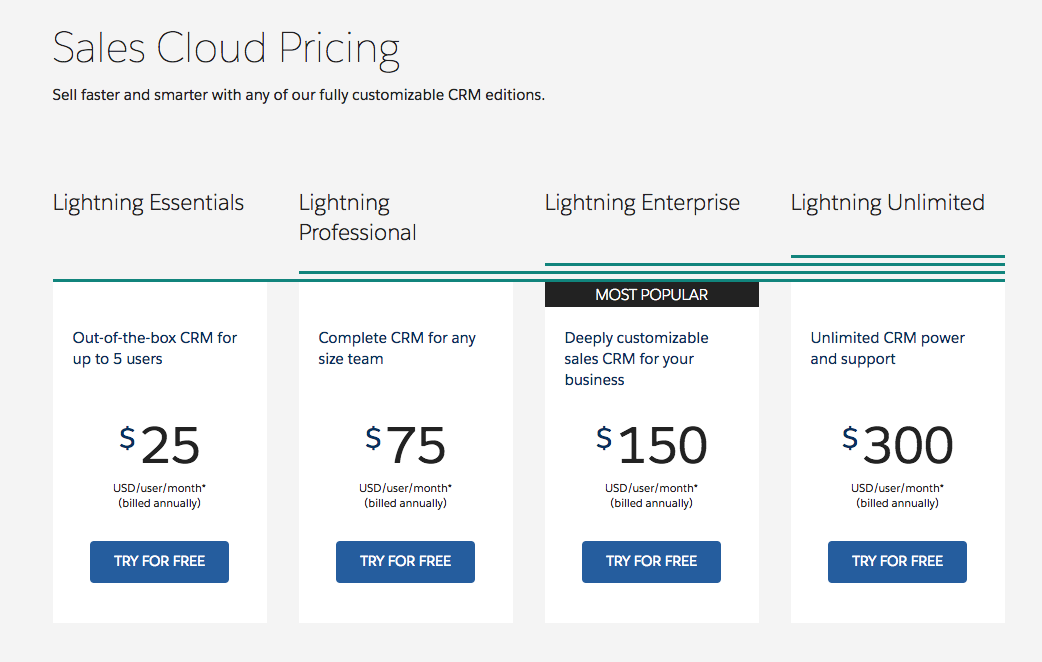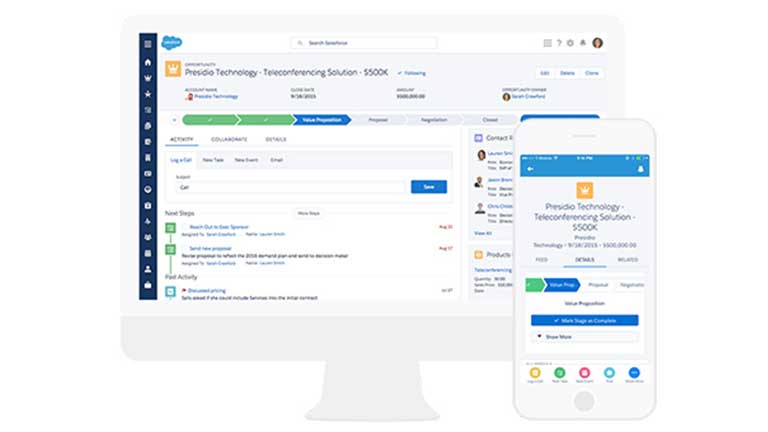STRATEGIES TO IMPROVE SALES
Sales Summit: Distinguishing Best in Class Organisations from the Competition
The Best Strategy to Increase Sales? Become a Best-in-Class Organisation
Gone are the days when companies can survive by “just getting by.” There is no place for mediocrity in today’s sales climate. In order to survive, companies need to develop skills to thrive. Becoming a best-in-class sales organisation is the strategy businesses need to adopt in order to increase sales.
Barry Trailer, Managing Partner and Research Fellow, and Joe Galvin, Chief Research Officer at CSO Insights share key findings from their research into the behaviours and characteristics of successful sales organisations. They offer more than just strategies to improve sales, they cite data and sales strategy examples.
Best-in-class sales teams outperform their competitors by an average of 23 percent across several key behavioural data points, according to Galvin. CSO research shows measurable metrics, sales expertise, as well as refining relationships and processes drive best-in-class organisations to achieve higher sales.
Measurable Metrics Define Excellence
What distinguishes best in class organisations from the competition? Galvin answers, “It’s very simple, it’s performance.” Strategies to increase sales performance involve measuring performance in order to identify room for improvement. Metrics that set high-performing salespeople apart include: Qualified opportunities, new account acquisition, average account billing, year over year customer growth, quota achievement, and forecast accuracy. Other metrics of high performing organisations include quota attainment, win rates, and sales force turnover.
Measuring performance is more than sharing last period’s numbers and telling everyone to do better. It’s also more than selling in the old ways. Gavin explains, “It has to be more than just giving a pitch and showing up. There has to be a combination of capabilities, knowledge, and strategies that need to be employed for salespeople to be successful consistently.”
Using metrics to establish priorities and focus are part of the solution. CSO Insights shows top sales objectives 2015 for business-to-business sales leaders focused on finding new customers, winning new business, and retaining and growing business with clients. These metrics are really what sales effectiveness is all about. Galvin emphasises sales strategy examples that emphasise desired results. Says Galvin, “What you are focused on as a sales leader drives the performance and productivity of your organisation.”
Sales Expertise: Optimise, Innovate, and Transform Strategies to Increase Sales
Combined with proper metrics that focus on finding new customers and retaining current business, strategies to improve sales performance also involve developing sales expertise. CSO insights defines sales expertise as the application of knowledge and experience.
Instead of having sales reps that are simply “doing a job,” businesses need to create a culture of constant improvement and learning. Improving sales performance and productivity is more than just giving the team a pitch and sending them out to sell; it requires understanding of the skills, knowledge, and strategies that work best for the industry and business.
Sales leaders can optimise, innovate, and transform, but the best-in-class performers will do all three concurrently. Sales is a constantly changing profession. CSO research finds that every business will have to transform the way they sell within five years. Says Galvin, “Technology is the change agent of our generation.” What hasn’t changed is that a salesperson must decode how a client will make a decision. Galvin says that business people make decisions for two reasons: business value and personal value. Sales expertise helps the salesperson decode how a sale will be made and employ the techniques necessary to win the business.
A crucial part of sales expertise is sales enablement which is responsible for content, knowledge, message, and tools. Strong analytics available in Salesforce are a function of both sales enablement and sales technology and inform sales expertise.
Balancing Relationships and Processes for Customer Centricity
Another best-in-class trait is the ability to balance processes and relationships. “You need process and you need to establish and grow relationships, and when you do those things, you see performance improve,” says Trailer.
A balance of high-level relationships and high-level process maturity predicts the highest sales performance. Trailer and Galvin define five relationship levels: approved vendor, preferred supplier, solutions consultant, strategic contributor, and trusted partner. The goal for best-in-class businesses is to become their customers’ trusted partner. Trailer emphasises that relationship matters, and without a better relationship than approved vendor, organisations will not get past the bottom quarter of sales performance.
While best-in-class organisations develop trusted partnerships with their customers, they also define and improve their own processes. CSO defines four stages of process maturity: random, informal, formal, and dynamic.
Best-in-class organisations seek to achieve the dynamic processstage that takes process beyond reaction. Their metrics are constantly measured, and they regularly compare periods, regions, reps, and any data points they can. They anticipate change. They make the most of CRM tools like Salesforce. They pay attention to analytics, and they perform in the top of their class. Sales strategy examples of an organisation in a dynamic process stage could include setting metrics for contacting web form entry leads to give additional information. (Information produced in conjunction with sales enablement.) The dynamic organisation will measure leads’ response to the information and adjust sales processes based on metrics from this and other campaigns. Dynamic process organisations make data-driven decisions to guide their sales process.
Best-in-Class Organisations Focus on Process Maturity While Building Client Relationship
Process is about strategies. It is about understanding how we can win more, about spreading that knowledge and those strategies across an organisation. Better process yields better relationships and a solid strategy. Good process defines how we will engage with clients.
Trailer and Galvin identify three performance levels, with Level 3 being best-in-class. Organisations that reach the highest level of sales performance are also reaching high levels of relationship and process maturity. The smart sales leader will naturally want to improve both relationship levels and processes. An organisation may wonder: Is it easier to improve relationship levels? Or, is it easier to level-up process maturity?
While relationship levels take time to improve as organisations prove their value to their customers. However, Galvin says that process maturity is completely within the control of the sales organisation. If an organisation reaches dynamic process, their sales performance moves into the top performance level. He presents compelling statistics. In an organisation that is at Level 3 performance, the percentage of reps making quotas is at 64 percent, fully 11 percent more than in an organisation at Level 1 performance, where 53 percent of reps make their quotas.
Forecast Accuracy, Low Turnover Rates Correlates to Best-in-Class
Other best-in-class traits are sales forecast accuracy and low turnover rates. Trailer and Galvin say sales forecast accuracy is a direct connection to success. Galvin refers to sales expertise skill of being able to decode how a group will make a decision. The Level 3 organisation wins 51 percent forecasted deals, loses 28 percent of the deals they forecasted to win, and 21 percent of those deals being undecided. There certainly is room for improvement, says Galvin, but these rates are much better than the Level 1 organisation that sees their forecast deals succeeding 39 percent of the time, losing 37 percent, with 26 percent undecided.
One more statistic they share is that of sales representative turnover rates. The top-performing companies see, on average, 12 percent rep turnover, whereas the Level 1 companies see 21 percent rep turnover, either voluntary or involuntary.
Obtaining and Retaining Best-in-Class Status
Trailer cites a CSO study where 17 percent of companies were are performance Level 3, while 35 percent were performance Level 1. By 2008-2009 when the country was well into a recession, those figures had flipped.
A tougher economy caused many companies to invest in process and improve efficiency. At the lowest point of the economy, when companies were bearing down on process, CSP saw a peak with 37 percent of companies surveyed reaching the highest level of performance. The last few years, though, as the economy has recovered, the percentage has shrunk to 27 percent by the end of 2014. “Rising revenues hide all sins,” observes Trailer, and he extends the invitation to not relax from strong process and relationships, even in strong economic times.
By paying attention to metrics, sales expertise, relationships, and processes, organisations can achieve best-in-class performance to help them not only survive but also thrive.




